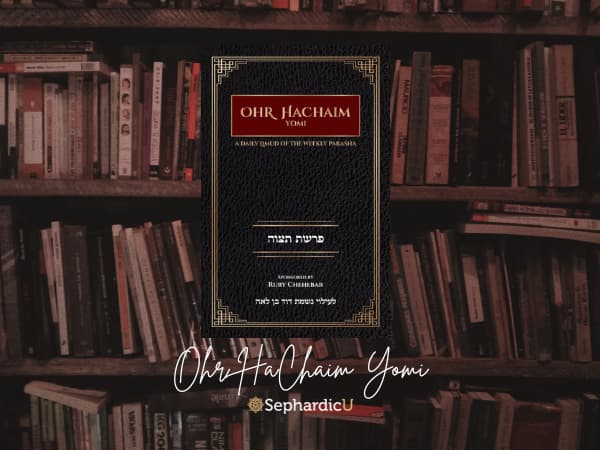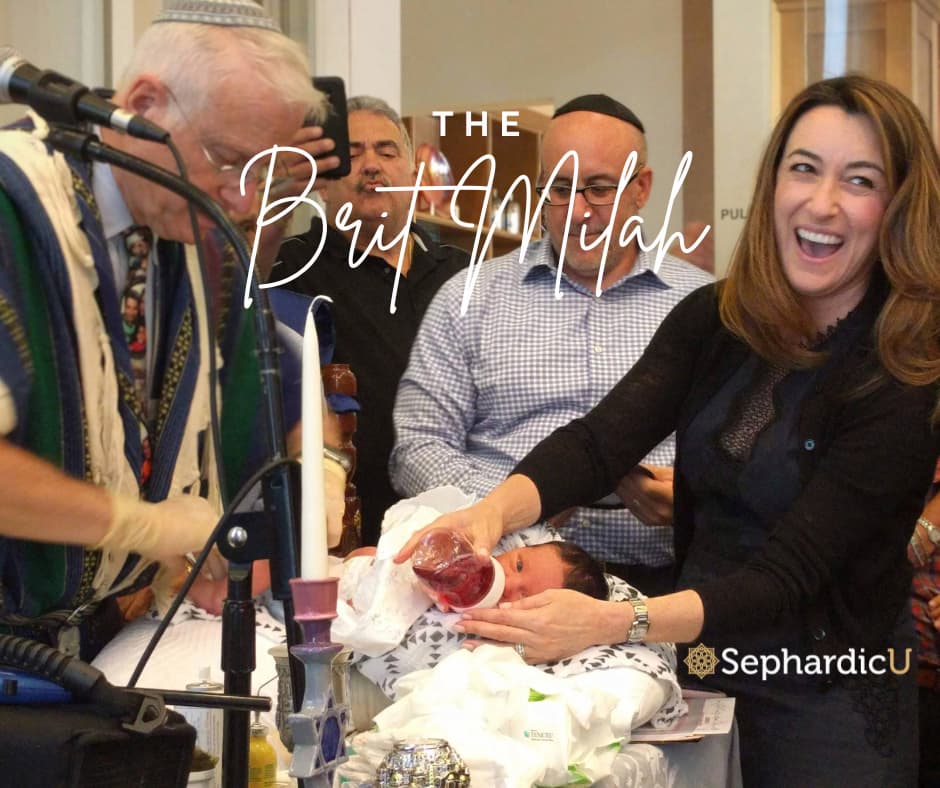Introduction to Key Ingredients of Sephardic Cuisine
Key ingredients of Sephardic cuisine thrive on a rich tapestry of staple elements that reflect its geographical and cultural diversity. These foundational components not only define the distinctive flavors but also illustrate the culinary evolution shaped over centuries by migrations and cultural exchanges.
Olive Oil: A Cornerstone of Mediterranean Influence
Olive oil holds a revered status in Sephardic cuisine, imparting a distinctive flavor and richness to many traditional dishes. From drizzling over salads to braising meats and vegetables, its versatility is unmatched. In Sephardic kitchens, olive oil is not just an ingredient but a symbol of the Mediterranean diet’s health benefits and cultural significance.
Spices: Enhancing Flavor Profiles with Depth and Complexity
Spices are integral to Sephardic culinary traditions, adding layers of flavor and complexity to dishes. Cumin, paprika, cinnamon, and saffron are among the most cherished spices, each contributing uniquely to the taste of various recipes. Whether used in hearty stews, fragrant rice dishes, or delicate pastries, these spices evoke the vibrant history and cultural amalgamation of Sephardic cuisine.
Herbs: Infusing Freshness and Aromatic Nuances
Fresh herbs such as mint, parsley, dill, and cilantro play a vital role in Sephardic cooking, lending vibrant green hues and aromatic depth to dishes. They are often used as garnishes or incorporated into marinades and sauces, enhancing both visual appeal and flavor. Herbs are celebrated not only for their culinary contributions but also for their medicinal properties, adding an extra layer of significance to Sephardic culinary practices.
Grains and Legumes: Sustaining Traditions with Nutritional Richness
Chickpeas, lentils, bulgur, and rice are staple grains and legumes in Sephardic cuisine, providing sustenance and nutritional balance to meals. These key ingredients of Sephardic cuisine are featured prominently in pilafs, soups, and casseroles, offering hearty textures and earthy flavors that resonate with both ancient traditions and modern palates. Dried fruits like raisins and dates add sweetness and complexity to savory dishes, creating a harmonious balance of flavors.
Culinary Adaptations: Nurturing Tradition Amidst Cultural Diversity
The culinary landscape of Sephardic cuisine reflects a harmonious blend of historical influences and regional adaptations. From the Iberian Peninsula to the shores of the Aegean Sea, Sephardic Jews have embraced local ingredients and cooking techniques, infusing their recipes with flavors unique to each community’s surroundings. This adaptation not only preserves culinary heritage but also celebrates cultural diversity through the art of food.
Significance in Sephardic Culinary Traditions and Dishes
The significance of these key ingredients of Sephardic cuisine extends beyond their culinary uses. They symbolize resilience, creativity, and the enduring connection of Sephardic communities to their ancestral roots. Each ingredient tells a story of adaptation, survival, and cultural exchange, encapsulating the essence of Sephardic cuisine as a living testament to history and heritage.
Ready to explore more of Sephardic cuisine? Continue reading with our next section: Culinary Techniques and Methods in Sephardic Cuisine.








Ohr HaChaim Yomi – Emor